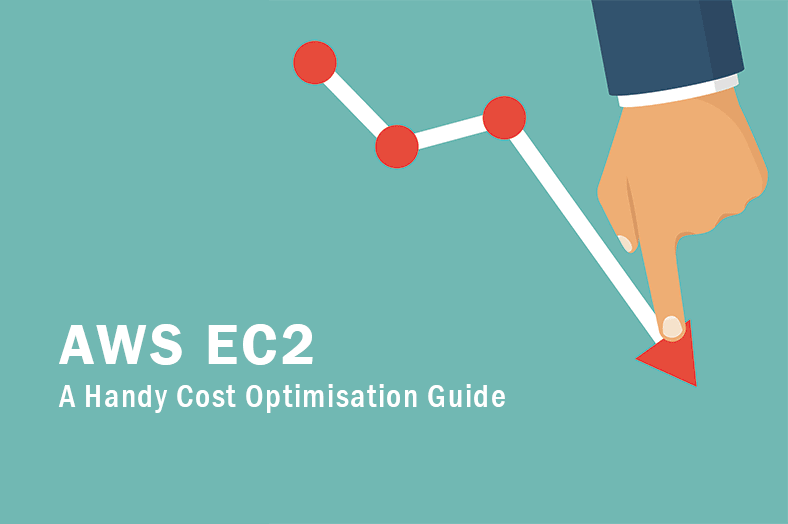January 11, 2017 / by Ben Lloyd AWS, Cloud Migration
Avoiding common AWS migration pitfalls
The benefits of the AWS cloud are undeniable. Reduced capital spend on IT hardware, infinite processing and storage capacity, improved security and resilience – AWS offers it all at significantly lower cost than your own on-site systems could ever achieve.
And once the migration process completes, your administrative overheads and running costs will also decline. But to realise a Cloud-first infrastructure you must first navigate several serious potential pitfalls.
Underestimating the work involved
Starting a new Cloud service contract is ridiculously easy – in most cases you don’t need much more than a credit card. But configuring the service and migrating your operations takes careful planning and management. You can’t realistically hope to complete the transition in a few hours.
Like any project, the more time you can devote to planning, the more chance you have of identifying and overcoming obstacles with minimal negative impact. You will probably find that partnering with an AWS Cloud consultancy helps to identify issues that could be missed because of your team’s over-familiarity with current systems and their idiosyncrasies.
Assuming you can do everything in house
Amazon provide a number of tools to help streamline the AWS adoption process, but it remains an expert job. Tweaking and configuring your own in-house infrastructure for optimal performance will have taken months to get right – and your Cloud infrastructure requires a similar level of effort.
Unless your IT team has extensive experience of working in the Cloud, you are going to need help. The additional outlay of third party consultancy will quickly pay for itself by helping you avoid configuration issues that add to long-term running costs.
Overestimating benefits
One of the key reasons for adopting AWS solutions is the performance benefits provided by using their frequently-updated infrastructure. But being realistic, there are some cases where you will not notice much of a boost.
Take for instance legacy applications. These ageing systems are important to business operations, but no amount of processing or storage is going to make them “work” any faster. That’s not to say you shouldn’t move these applications to the Cloud, but you need to be realistic about what to expect.
Look beyond migration
The early stages of your migration project will involve auditing your current infrastructure to identify what needs to be moved to the Cloud, and which Amazon technology is best suited to each. As you carry out this review, you should carefully consider whether each application is still up to the job, or whether they actually slow your processes and people down. It may be that your move to the Cloud proves to be the perfect opportunity to make wider changes that further increase operational efficiency.
Again, a Cloud specialist will be able to help you understand what you use, and how to get the most from your AWS investment. For more help and advice on avoiding these pitfalls, please give the Reflexica team a call – we’ll be happy to talk through your options.



